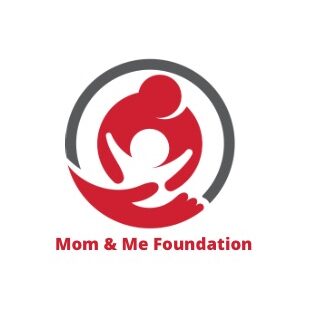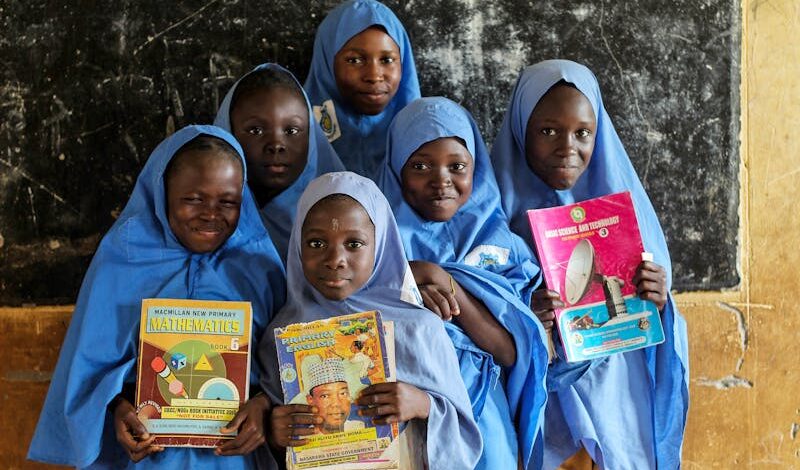Education is a fundamental right, yet millions of girls around the world are still denied access to quality schooling. From cultural barriers to economic challenges, the hurdles faced by girls are immense, but the benefits of educating girls are too significant to ignore. When we invest in girls’ education, we empower individuals, transform communities, and create a brighter future for all.
Why Girls’ Education Matters
1. Breaking the Cycle of Poverty:
Educated girls are more likely to secure better-paying jobs, contribute to household incomes, and break generational cycles of poverty. Studies show that for every additional year a girl stays in school, her earning potential increases by up to 20%.
2. Improving Health Outcomes:
Educated girls are more informed about health practices, leading to reduced maternal and child mortality rates. They are more likely to immunise their children and understand the importance of nutrition and hygiene.
3. Boosting Gender Equality:
Education empowers girls to challenge societal norms and advocate for their rights, contributing to more equitable societies.
4. Strengthening Communities and Economies:
Girls’ education leads to stronger economies and more stable communities. It’s estimated that closing gender gaps in education could add billions of dollars to global GDP.
Challenges to Girls’ Education
Despite these benefits, many barriers still hinder girls’ access to education:
• Cultural Norms: Early marriage and gender-based discrimination often cut short girls’ education, particularly in rural or underserved areas.
• Economic Barriers: Families with limited resources often prioritise boys’ education, leaving girls without opportunities.
• Safety Concerns: In many regions, the lack of safe schools and transport deters parents from sending their daughters to school.
• Access to Resources: Girls often face challenges such as a lack of school supplies, sanitary products, and proper facilities.
How We Can Promote Girls’ Education
1. Advocate for Policies Supporting Girls:
Governments and organisations must prioritise policies that make education accessible and affordable for girls, such as free schooling and stipends for families.
2. Invest in Safe Learning Environments:
Creating safe, inclusive schools with trained teachers and gender-sensitive curricula ensures that girls can thrive.
3. Raise Awareness:
Community-driven awareness campaigns can challenge harmful cultural norms and encourage families to prioritise girls’ education.
4. Support Programmes Addressing Barriers:
Initiatives providing free school supplies, scholarships, and menstrual hygiene products remove critical obstacles for girls.
5. Engage Men and Boys:
Promoting gender equality involves educating boys and men about the importance of empowering girls, fostering allyship and support.
Conclusion
Educating girls is not just about changing individual lives; it’s about shaping the future of the world. By empowering girls with knowledge and skills, we’re investing in a more equitable, prosperous, and peaceful society. Let’s work together to ensure that every girl, no matter where she lives, has the opportunity to learn, grow, and thrive.
What can you do to promote girls’ education? Start today by raising awareness, supporting local initiatives, or simply sharing this message. Together, we can create a world where every girl has the chance to reach her full potential.



Leave A Comment